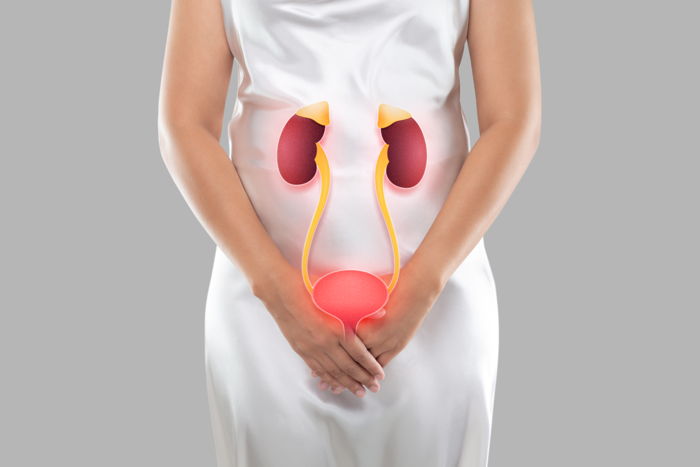Learn about causes, symptoms, and treatments of urinary incontinence in women for better health management and improved quality of life.


Urinary incontinence is a prevalent condition affecting one in three women, often leading to embarrassment and social withdrawal. This condition is more common in women than in men, primarily due to weakened pelvic floor muscles, which may occur congenitally or after challenging childbirths. The impact of urinary incontinence extends beyond physical discomfort, influencing social interactions and psychological health.

Urinary incontinence manifests in several forms, each with distinct characteristics:

Diagnosing urinary incontinence involves a comprehensive evaluation of the patient’s medical history, considering factors such as childbirth history, smoking habits, existing health issues, and lifestyle choices. In some cases, advanced diagnostic tests, like urodynamics, are conducted, particularly in patients with complex symptoms or prior treatments.
Treatment plans are personalized based on the type and severity of incontinence. While surgical intervention is not always necessary, initial approaches often involve lifestyle modifications and exercises:

What are the causes of urinary incontinence?
Various factors including age-related tissue relaxation, multiple childbirths, obesity, and smoking contribute to urinary incontinence.
What does stress urinary incontinence mean?
It refers to involuntary urine leakage during activities that increase intra-abdominal pressure, like coughing, sneezing, or laughing.
What is incontinence?
Incontinence is the involuntary leakage of urine or feces, with urinary incontinence specifically involving urine.
Does urinary incontinence resolve with medication?
The effectiveness of medication depends on the incontinence type. While urge incontinence often responds well to medication, stress incontinence might require surgical or laser interventions.
Urinary incontinence, a widespread issue impacting many women’s quality of life, can result from factors like age, childbirth, menopause, obesity, and chronic diseases. However, adopting certain lifestyle changes can significantly reduce the risk of developing this condition:
Regularly performing Kegel exercises strengthens the pelvic floor muscles, enhancing bladder control. These exercises are particularly recommended post-childbirth and during menopause.
Maintaining a routine of emptying the bladder every 3-4 hours prevents overfilling, aiding in the management of urinary urgency.
While adequate water consumption is vital for bladder health, reducing fluid intake in the evening can prevent nighttime incontinence. Avoiding caffeinated beverages also minimizes bladder stimulation.
Excess weight adds pressure to the pelvic area, complicating bladder control. Achieving and maintaining a healthy weight through balanced nutrition and regular exercise significantly lowers the risk of urinary incontinence.
Smoking can exacerbate stress incontinence through coughing fits, while alcohol irritates the bladder, leading to incontinence. Eliminating these habits benefits both bladder and overall health.
Chronic constipation increases abdominal pressure, weakening pelvic muscles. Consuming fiber-rich foods and establishing regular toilet habits can mitigate this risk.
Delaying urination urges can enhance bladder capacity and control. However, this technique should be practiced cautiously and progressively.
Selecting loose-fitting clothing and breathable cotton underwear prevents irritation and reduces infection risk, promoting better bladder health.























Sigortahaber.com, sigorta sektöründeki en güncel haberleri, analizleri ve gelişmeleri tarafsız bir bakış açısıyla sunan bağımsız bir haber platformudur. Sigorta profesyonellerine, acentelere ve sektöre ilgi duyan herkese doğru, hızlı ve güvenilir bilgi sağlamayı amaçlıyoruz. Sigortacılıktaki yenilikleri, mevzuat değişikliklerini ve sektör trendlerini yakından takip ederek, okuyucularımıza kapsamlı bir bilgi kaynağı sunuyoruz.
Yorum Yap